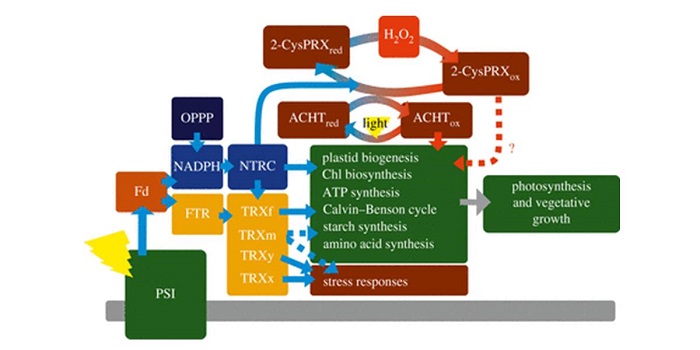
Special meeting issue, “Enhancing photosynthesis in crop plants: targets for improvement” ($)
0 Comments
/
Here’s a great collection of articles that consider various approaches to increase crop productivity through enhancements to photosynthesis. The authors of the papers in this collection include many of the leading photosynthesis researchers, and the topics include structural and architectural improvements…
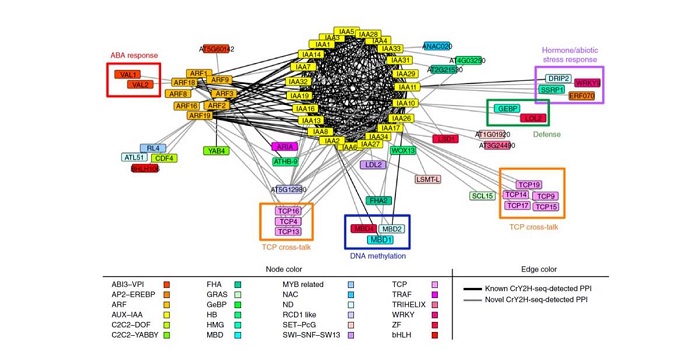
CrY2H-seq: a massively multiplexed assay for deep-coverage interactome mapping ($)
Protein-protein interactions are crucial to our understanding of biology but can be hard to detect. Trigg et al. developed a sophisticated yeast two-hybrid assay augmented with Cre recombinase (CrY2H-seq) to identify the Arabidopsis transcription factor protein-protein interactome. In this method,…
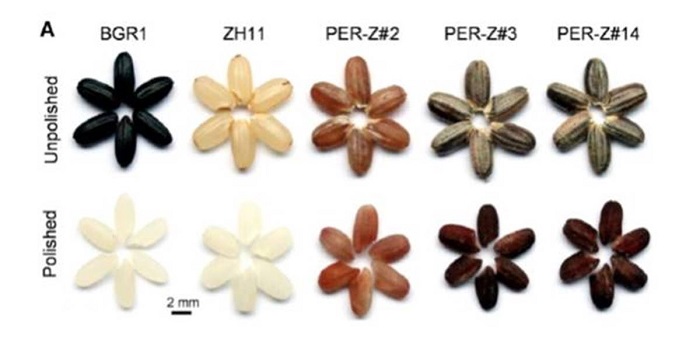
Metabolic engineering of anthocyanin and betalain pigments for health and aesthetics: Purple rice, blue chrysanthemums and violet tomatoes
Pigment engineering was featured in three recent papers. Anthocyanins are blue pigments valued for their antioxidant health benefits and for their beauty, but their biosynthesis and chemistry is complex. Noda et al. introduced two genes to produce blue anthocyanins in chrysanthemum petals (Sci Advances…

A Key Enzyme in the Biosynthesis of a Plant-Derived anti-HIV Drug
Rhododendron dauricum (Ericaceae), a native of northeastern Asia, produces unique secondary metabolites including daurichromenic acid (DCA). DCA has attracted considerable attention as a medicinal resource because this compound is one of the most effective natural products with anti-HIV properties in…
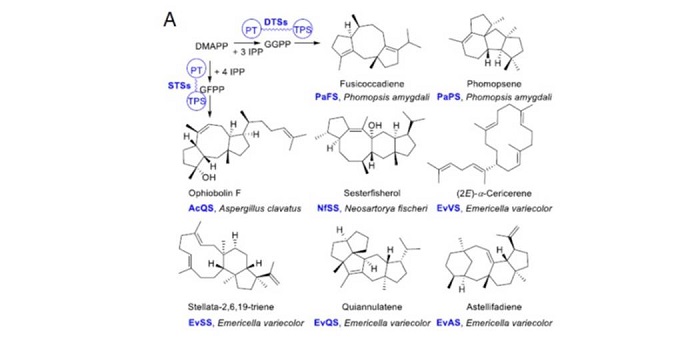
Convergent evolution of sesterterpene biosynthetic repertoire in the Brassicaceae
Sesterterpenes are a family of natural products; some (derived from corals and fungi) have been shown to have antitumor, antimicrobial and antiinflamatrory activities. Huang et al. used genome mining to identify sesterterpene biosynthetic genes in the Brassicaceae. The first committed step is carried…
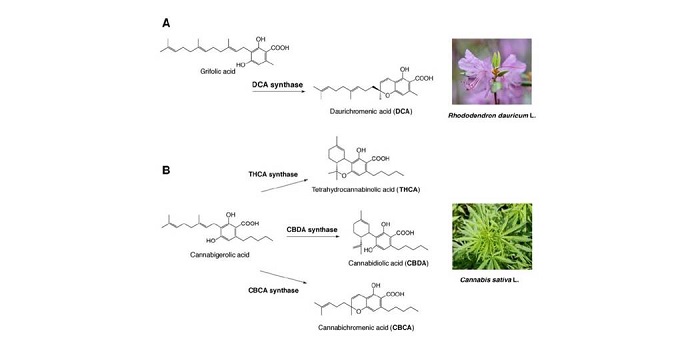
Synthesis of the anti-HIV compound daurichromenic 1 acid in Rhododendron dauricum
Daurichromenic 1 acid (DCA) is a meroterpenoid with anti-HIV properties that is produced in young leaves of Rhododendron dauicum. In this study, Iijimi et al. identified a DCA synthase gene. Starting with their previous observations that this enzyme is a stereoselective meroterpenoid oxidocyclase, similar…
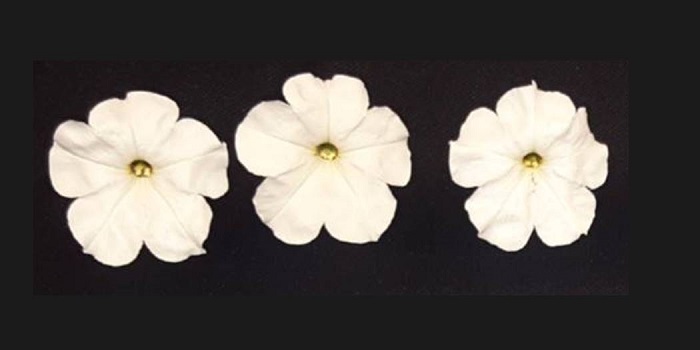
Emission of volatile organic compounds from petunia flowers is facilitated by an ABC transporter
Plants can emit up to 10% of the carbon they fix as volatile organic compounds (VOCs), which function in abiotic stress tolerance, pollinator attraction, signalling between plants, and defending against pathogens and herbivores. It has been an open question whether these small molecules pass directly…
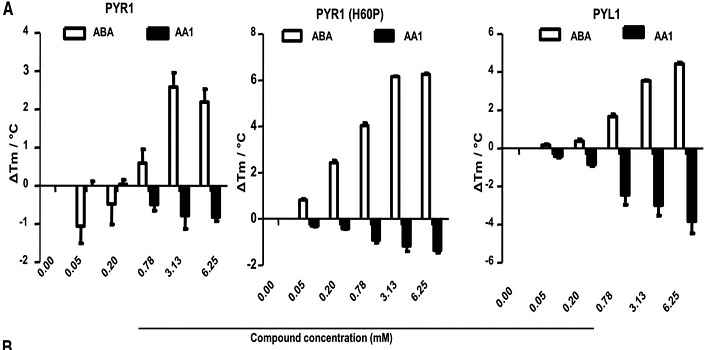
Abscisic acid Antagonist 1 (AA1): A ray of hope for extending shelf life of leafy vegetables ($)
Abscisic acid (ABA) is one of the phytohormones that plays a pivotal role in a plant's life from germination to senescence, and it drew additional attention of researchers owing to its involvement in abiotic stress. Leaf senescence is a natural phenomenon but if this process can be delayed by non-toxic…
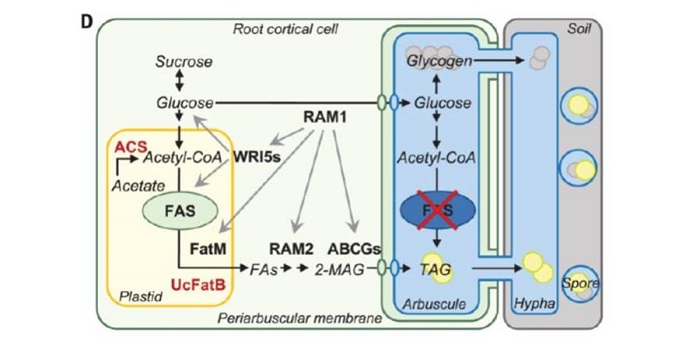
Fatty acids in arbuscular mycorrhizal fungi are synthesized by the host plant ($)
In the symbiotic relationship between arbuscular mycorrhizal fungi and plants, the fungal partner greatly enhances the uptake of mineral nutrients (particularly phosphate), while in return it is supplied with organic carbon from the photosynthetic partner. Luginbuehl et al. investigated whether this…

